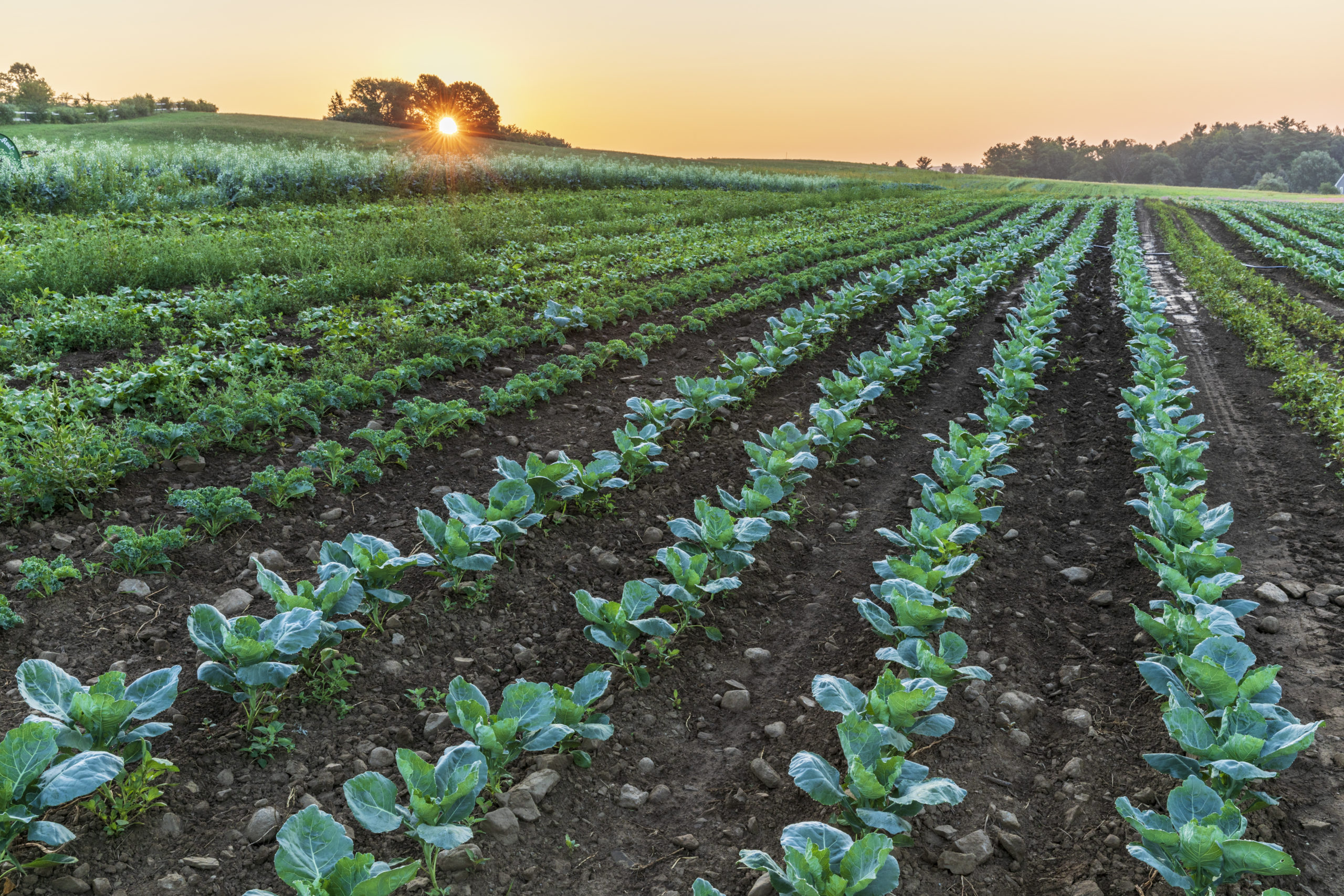
The most recent U.S. Department of Agriculture Census, released in 2019, gives us a snapshot into big trends in New England agriculture over the past five years. The data shows us that, on the one hand, farmers face significant headwinds to viability as farms and farmland continue to disappear. On the other hand, we see a few bright spots in farming, including an increase in conservation practices on-farm and vibrant direct-to-consumer markets.
In our region, farmers and our local food supply are confronting some real challenges, including that we are losing farmland at the highest rate in the country. Maine, for example, lost 573 farms and 10% of its farmland over the last five years alone. This loss of our agricultural land base puts more pressure on the farmers who are left. It also makes it even harder for beginning farmers to access land to get a foothold in the agricultural sector.
Despite this worrying trend, the census offers some more hopeful signs for New England’s farms. The number of small farms, under 10 acres, is on the rise here. Despite the hurdles, more young farmers are coming to the land. We see upticks in the use of sustainable practices, such as low- and no-till, cover cropping, and converting to organic. Also, more farms are using on-farm renewable energy. Farmers are vital caretakers of our environment, building soil health and protecting water resources, so we cheer the news that more on-farm conservation is happening around the region.
Plus, our region’s local farm economy continues to grow. New England states lead the nation in total direct-to-consumer farm sales. Twenty-six percent of New England farms sell directly to consumers, compared to just 6.4 percent of farms nationwide. That means more nutritious local food being consumed while it is fresh, less pollution and fossil fuels used to transport food, and more dollars staying in the local economy.
We have more work ahead to ensure that farm businesses in our region can thrive, grow healthy food for our communities, and protect open space.


